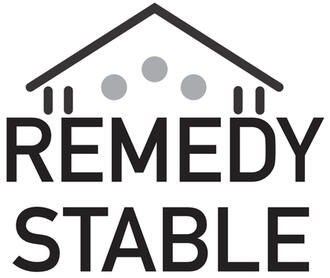
REduced Methane Emission Dairy Stable
Transforming dairy farming with innovative closed stable systems that convert methane into an asset.
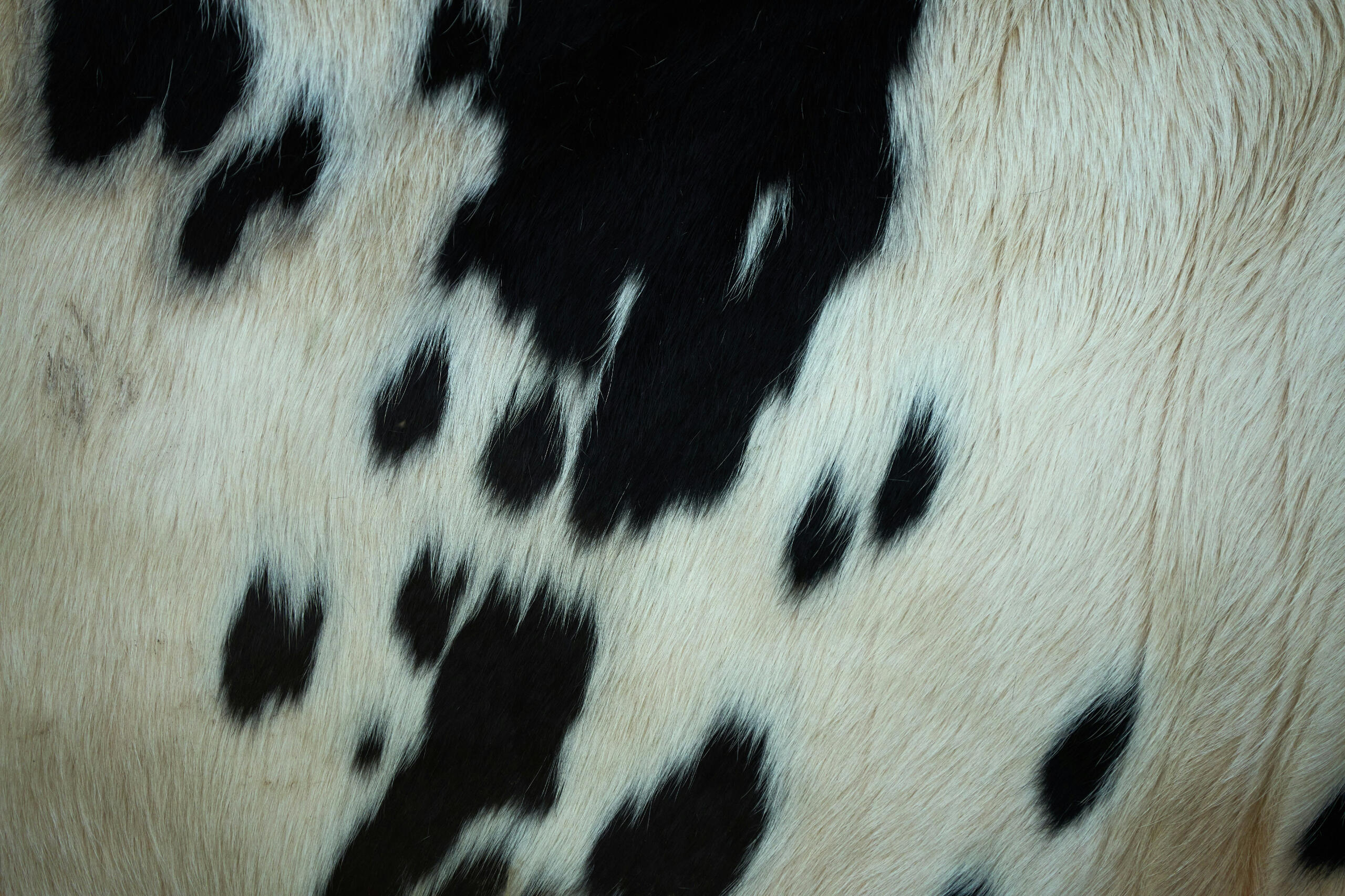
The Challenge Ahead
By 2050, the world’s population is expected to exceed 9 billion people. That’s nearly a 30% increase compared to 2015. To keep up, global food production will need to expand by a similar amount.
This is no small task. Agriculture already accounts for about one-third of global greenhouse gas emissions and uses nearly 40% of Earth’s land area. Scaling it further without change would place enormous pressure on land, water, and climate systems. Dairy farming, in particular, faces unique hurdles.
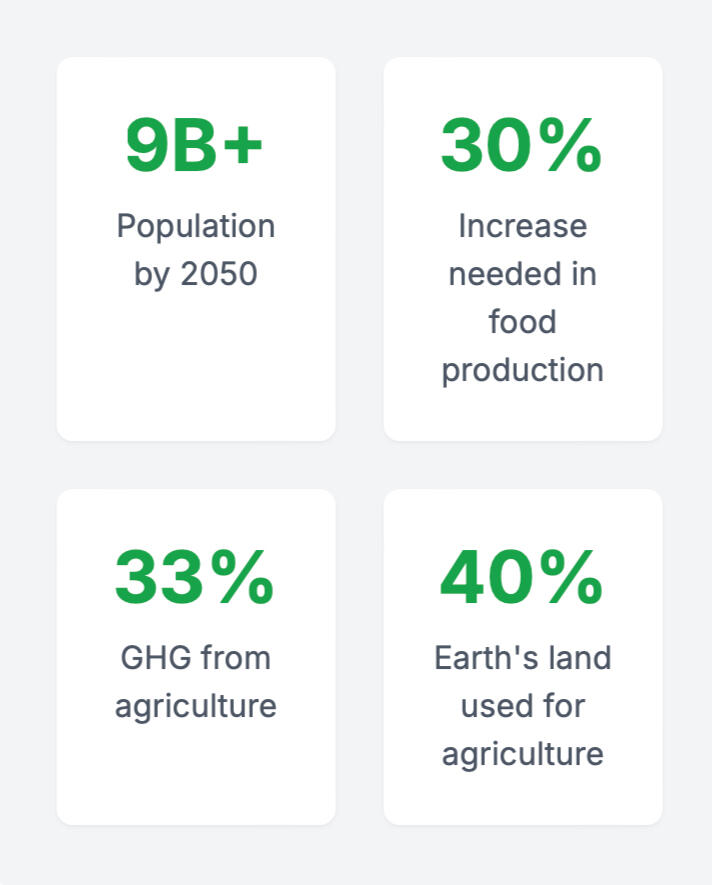
Why Dairy Matters
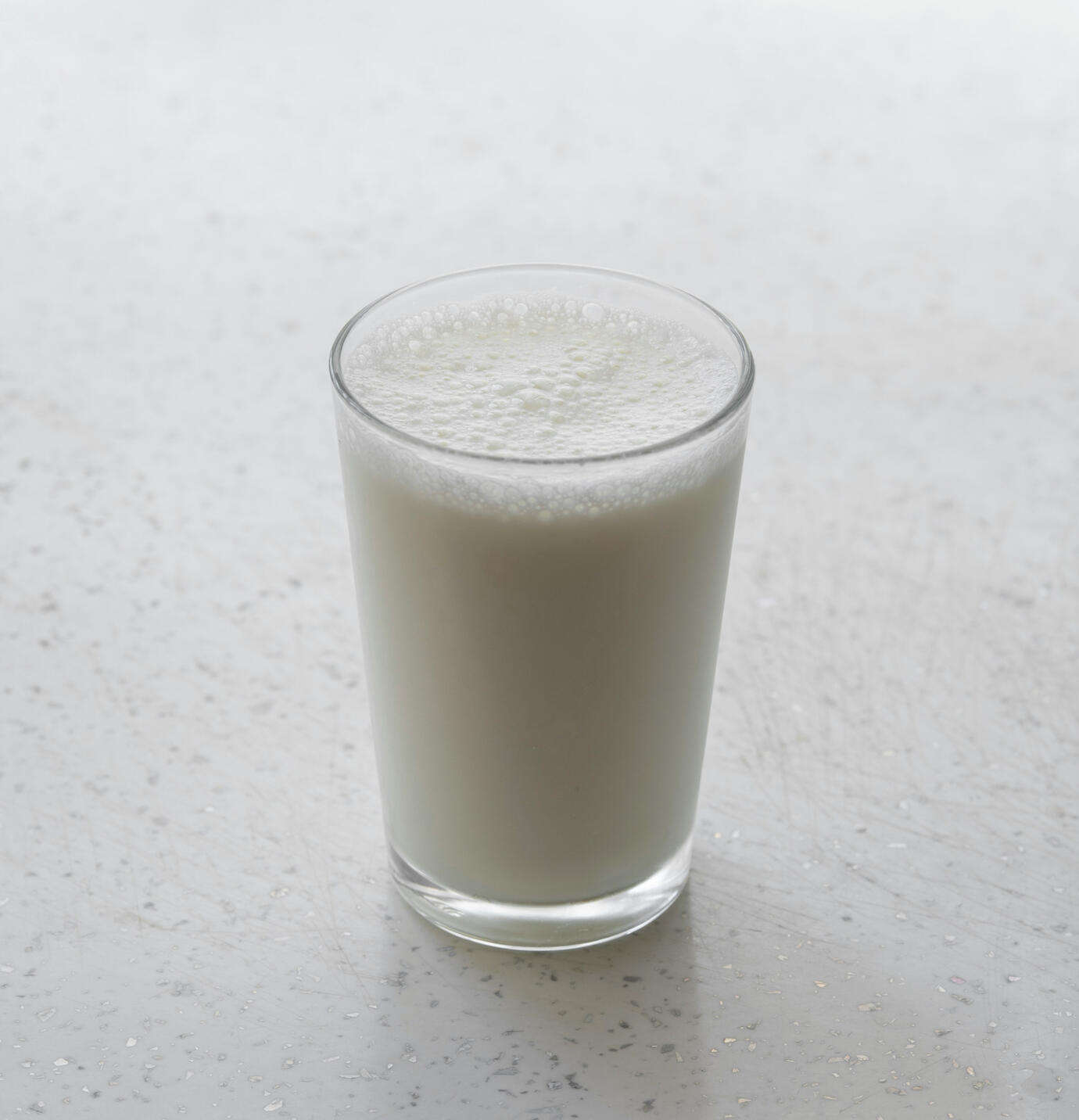
Milk is not just a staple; it is a lifeline. Protein, calcium, essential nutrients. But production is wildly uneven:
India: ~1,270 kg of milk per cow per year
European Union: ~6,860 kg per cow per year
This gap is significant. If demand rises in regions with lower yields, the natural response is to increase herd sizes. But more cows mean:
More land required for feed crops
Higher water consumption
Increased waste and pollution
The cycle of feeding people becomes a cycle of environmental damage.
The Methane Issue
Ruminant animals (like cows) produce methane (CH₄) during digestion, a process known as enteric fermentation. Methane is released through exhalation and flatulence, escaping into the atmosphere.
Why is this a problem?
Methane has 28 times the warming impact of CO₂ over 100 years
Livestock contribute nearly 40% of global methane emissions
Methane lingers for a shorter time than CO₂, but its intense warming effect makes it a prime target for climate action
Most stables today are ventilated but not enclosed, so methane disperses before it can be captured. This not only harms the climate but also wastes a potential energy source. In theory, captured methane could be converted into fuel, powering heating or electricity directly within the farm.
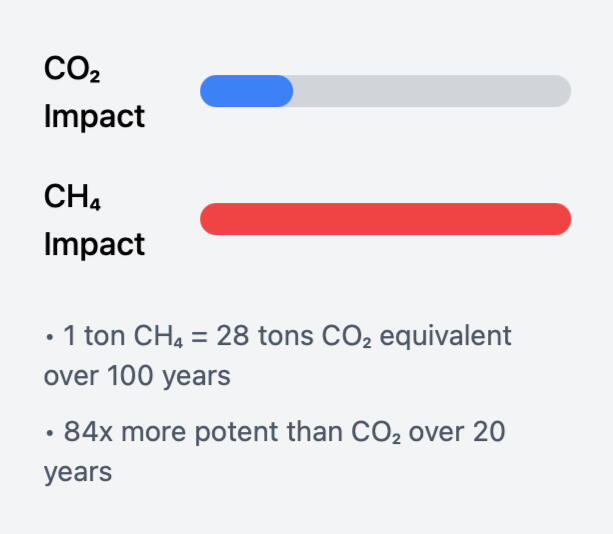
Other Environmental Pressures
Methane is just the tip. Dairy farms also emit:
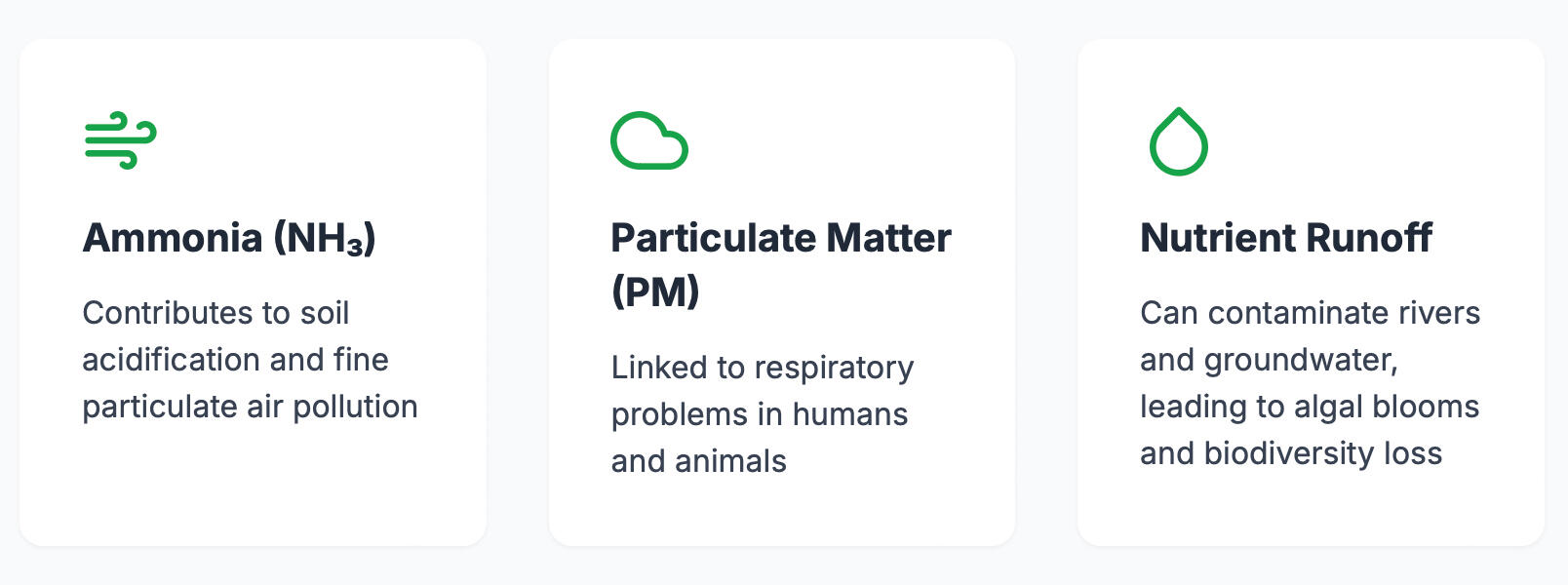
Unchecked, these effects escalate with rising demand, threatening ecosystems and human health.
REMEDy Stable: A Smarter Approach
REMEDy Stable is not just a barn. It is a revolution in dairy farming. A fully enclosed, controlled stable transforms air, temperature, humidity, pressure, and gas composition into a precision-managed environment.With REMEDy Stable, you get:
Higher milk yields through optimal cow comfort
Drastically reduced emissions with captured and treated gases
Healthier, longer-living cows through superior air quality
Better milk quality thanks to healthier animals
These images come from the first experiment conducted in 2016.
Every benefit compounds. Cleaner air and less stress = more milk, less waste, happier cows. REMEDy Stable meets demand, transforms the dairy industry, protects the planet, and boosts farm profitability.
Inside the Origins of REMEDy Stable
Explore the original REMEDy Stable prototype from 2013, along with diagrammatic representations of its inner workings:
Behind the innovation is a story worth hearing.
Meet the inventor of REMEDy Stable in the interview below:
Ready to Transform Your Dairy Farm?Join us in creating a sustainable future for dairy farming with REMEDy Stable: where innovation meets impact. Efficient. Clean. Profitable.
REMEDy Stable
Innovative solutions for sustainable dairy farming and methane emission reduction.